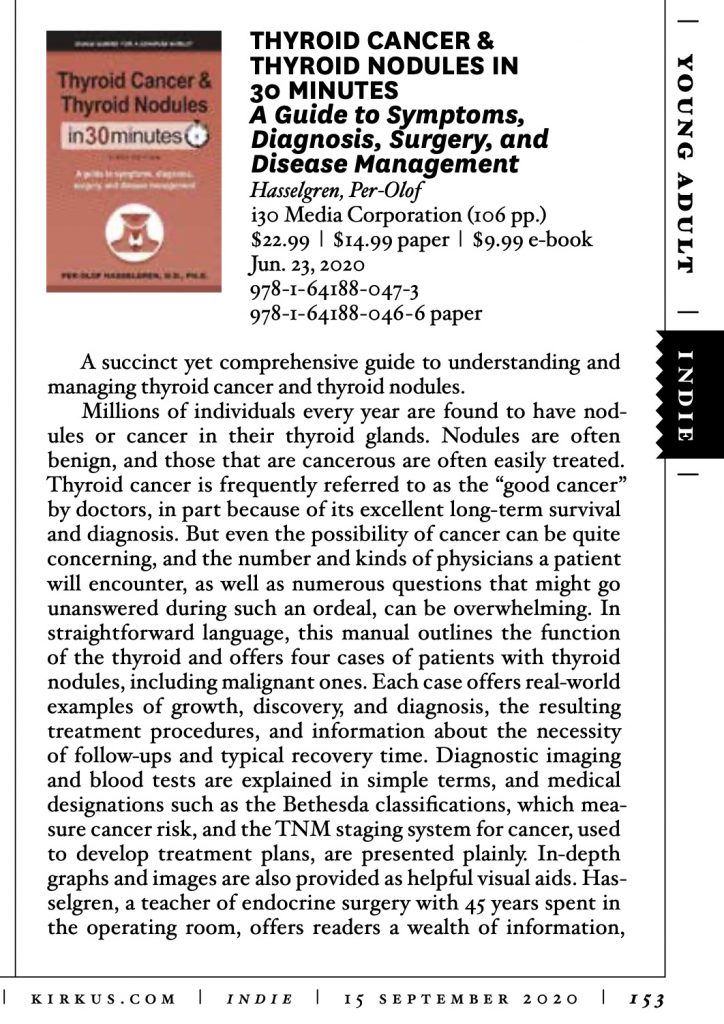Is Kirkus Indie worth it for book publishers? Over a period of roughly 5 years, my publishing company used Kirkus Indies reviews for a half-dozen books. But we will use the service no longer, after a major lapse in quality and poor handling of our complaint from Kirkus Reviews.
Kirkus Indie is a paid service that lets indie publishers get a Kirkus-quality review without having to take a chance on regular Kirkus slush pile, which, judging by the tidal wave of indie books over the past few years (nearly a half million frontlist titles per year according to NPD), is nigh impossible to breach if your brand or imprint is small or unknown.
Here’s how Kirkus Indie describes the service:
Our indie reviews are written by qualified professionals, such as librarians, nationally published journalists, creative executives and more. While we do not guarantee positive reviews, unfavorable reviews can be taken as valuable feedback for improvements and ultimately do not have to be published on our site. With our most popular review option priced at $425, you can receive an affordable book review that could generously boost your writing career.
The risk of a negative Kirkus Indie review was real. Out of the 6 or 7 books submitted through the end of 2021, one of them received a review that was negative in tone. Nevertheless, we were happy with the results. The reviews were very well written, even the negative review described earlier.
Several of the Kirkus Indie reviews and the books they featured were even deemed good enough to be published in the regular Kirkus magazine. Here’s an example from September 2020, for Thyroid Cancer & Thyroid Nodules In 30 Minutes: A guide to symptoms, diagnosis, surgery, and disease management:

As you can see from the sample, the Kirkus Indie review was well-written and meets the quality standards that readers expect from Kirkus Reviews. The magazine targets publishers, librarians, and other book professionals. The language and style reflect the needs of this audience.
But the tone of the review and the brand also lends authority to our marketing efforts. We excerpt them our website, on social media, and on our Amazon and B&N listings. We also publish them on the Kirkus website. Moreover, such reviews validate the other indicators of publishing quality that In 30 Minutes guides have received from other sources. They include awards from industry associations including a gold Ben Franklin award for publishing excellence from IBPA and recognitions from Foreword INDIES, as well as the strong sales enjoyed by several of the titles.
I was therefore very surprised when our most recent Kirkus Indie review came back to us. Not only did it contain sloppy errors, the quality of the writing was abysmal. Here’s what I told Kirkus Indie:
-
Sections of the review consist of basic paraphrasing.
-
The writing is dull and uninspired throughout.
-
The reviewer mistakenly states “In this second installment of the Quick Guides for a Complex World series” when in fact it is the second edition of the book, which is part of the IN 30 MINUTES series. “Quick Guides for a Complex World” is not a series name, it is a marketing slogan.
The point about the series name isn’t hard to figure out. Not only does IN 30 MINUTES appear in giant text on the front of the book, it’s listed as the series name on the copyright page inside the book. The fact that the writer made this basic error is a screaming red flag.
There were other issues, too. Capitalization errors. Language that suggested the topic of the book was obscure. A reference to the use of stock photography, which we had never seen in our earlier Kirkus Indie reviews (despite using stock photos in all our titles) or in any other Kirkus review.
I compared the new review with the thyroid book review from two years ago, and asked if there had been a change in Kirkus Indies’ reviewer pool or editorial processes in the past 2 years. I concluded:
There is no way I can publish [this new] Kirkus Indies review or use it for marketing. It’s not a negative review, but it is amateurish and poorly written. If it were made public, it would reflect badly on my book business and Kirkus. It is certainly not what I have come to expect from the Kirkus Indie program, especially considering the premium price being charged.
The response:
Thank you for reaching out to us. It is Kirkus Indie’s policy to address factual inaccuracies, which we take very seriously. Will you please send a concise, numbered list of the inaccuracies following the below template:
Sentence from the review that contains an error:
Error in this sentence:
We can then begin our investigation process
I dutifully laid out the problems. They corrected two errors, but rejected all of the other criticism. For instance, concerning the mention of stock photography in the review:
Response: When a book contains illustrations or visual elements, it is common for reviewers to comment on them. In the case of photographs used, reviews cite the source of the photography (e.g., personal, historical, stock, or named credits).
I checked this claim. According to Google, aside from a single children’s title and reviews of galleries of stock photos, the term is never mentioned in Kirkus Reviews.
But the big problem was quality. Kirkus claims “qualified professionals” are reviewers, but for the most recent review my company paid for was not only an inexperienced amateur, Kirkus’ editorial process failed to notice anything amiss. Here’s the response from Kirkus Indies:
Factual errors do not often occur, as a review goes through several stages of editing before being presented to an author. However, in such cases we are happy to correct the mistakes. We offer you our thanks again for helping us uphold our editorial standards and our apologies.
However, some of the concerns you raised were directly related either to the reviewer’s opinion or the review format. As you know, book reviews are inherently subjective in nature. Sometimes the author’s intent for his or her work will not align with the reviewer’s interpretation.
At this point, I realized there was no hope. For five years, I had experienced Kirkus’ “A team” reviewers, and appreciated the results, even if the reviews were critical. This time around, the guide was assigned to someone from Kirkus’ B or C team, and the “several stages of editing” failed to catch anything.
So, is Kirkus Indie worth the commissioning cost? At one time, it was for my publishing company. But after this experience in how the review was written and edited, and the totally unsatisfactory response by Kirkus Indie support, We will never use the service again.


